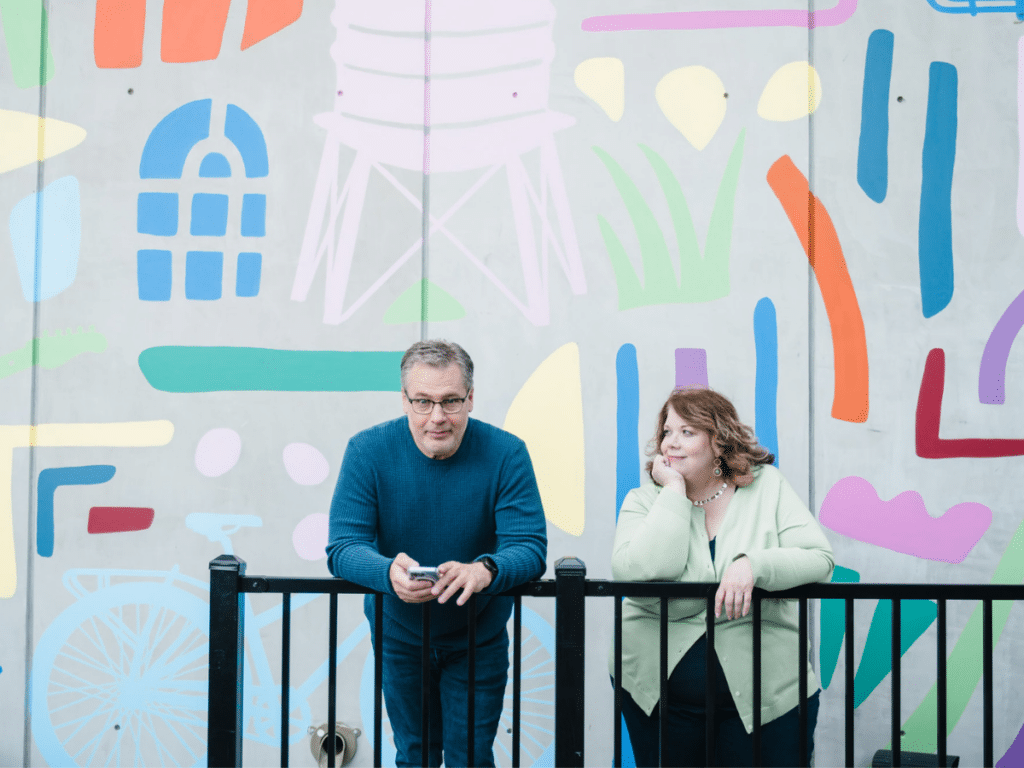
Dallas, Texas – Level Legal has been selected to join more than 60 large companies, law firms, and universities to become part of the Global Legal Blockchain Consortium (GLBC). The consortium is organizing and aligning global legal industry stakeholders to enhance the security, privacy, productivity, and interoperability of blockchain technology. In addition, the GLBC adopts policies that promote a universal blockchain-based technology infrastructure for law.
“We are excited to join the GLBC and collaborate with the legal practitioners and technology leaders in GLBC,” said Level Legal CEO Joey Seeber. “We are committed to investing time and resources into technology with the goal of extending value to our clients.”
Blockchain is a distributed digital database of encrypted transactions running on millions of devices connected through distributed networks. Once a transaction is authenticated, data in a blockchain is resistant to modification, hacking, or deletion. Blockchain technology looks set to influence every aspect of the legal industry, from corporate identity, to criminal, to intellectual property, to real estate, and beyond.
“Blockchain has the potential to become an important platform for the digital transformation of the legal profession,” said Level Legal Director of Innovation Leigh Vickery. “I am honored to be working alongside the GLBC and its many innovative members to propel this initiative forward.”
The GLBC will have multiple functions, including webinars, platform infrastructures, community building, thought leadership, and education. Its first Annual Meeting is on August 19 in Washington, DC, immediately prior to the ILTA convention, with more than a dozen organizations scheduled to provide demos.


